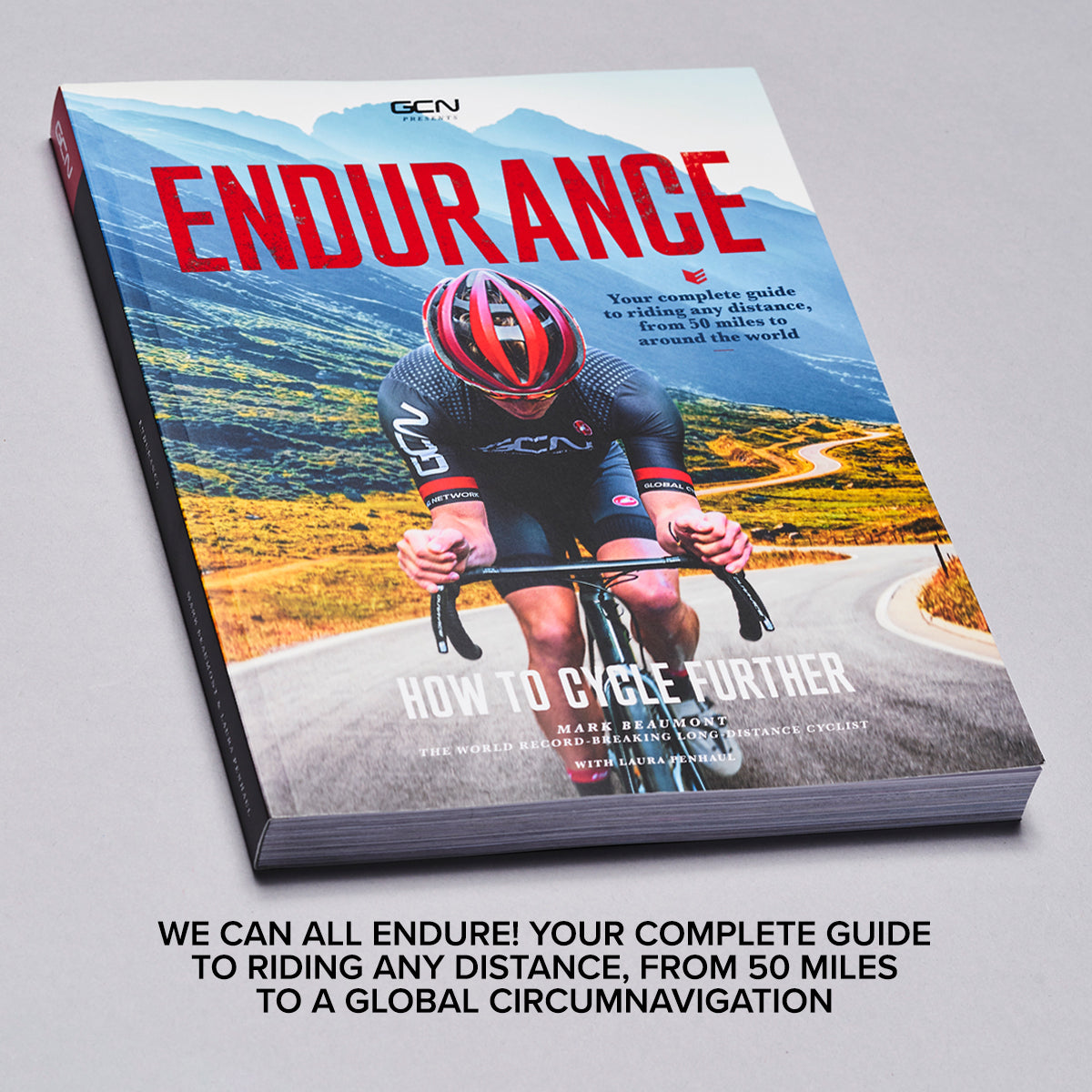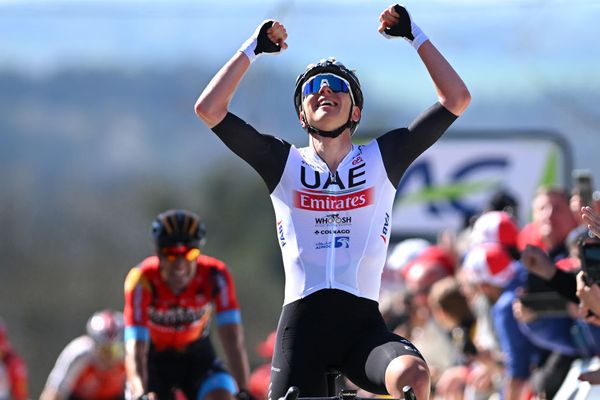How effective is lower-intensity training: Riding at zone 2 for six weeks
GCN’s Manon Lloyd takes on a training challenge to find out how much zone 2 training improves fitness
Tom Hallam-Gravells
Online Production Editor
Once upon a time, in the not-too-distant past, training was all about pushing your body to the limits. Pain was the name of the game and without it there could be no gain.
Much more is now understood about training which has led to the increasing popularity of lower-intensity training, specifically in zone 2. The idea is simple: training easier means training better, and who doesn’t want to buy into that concept?
Even here at GCN, we’ve bought into the benefits of zone two training, which was partly spurred on by our conversation with Tadej Pogačar’s coach, Dr Iñigo San Millán, who bestowed upon us the virtues of lower-intensity training.
While we’re in no position to argue with a man who has trained a two-time Tour de France champion, we wanted to find out how much zone 2 training can actually improve a cyclist’s fitness, so we concocted a little experiment. Manon Lloyd stepped up as our guinea pig and we tasked her with only training at zone 2 for six weeks to find out what difference it would make.
What is zone 2 training?
Training zones correspond to different levels of intensity, for example the recovery, endurance or sprint zones. They can be calculated using your FTP or maximum heart rate.
Depending on the model you use, there can be between three and seven training zones, but the vast majority of structures all have the same zone 2, which is also known as the endurance zone.
Zone 2 is a level of relatively low-level exertion that you can hold for a long time that’s around 60% to 70% of your maximum heart rate. It shouldn’t feel hard but equally shouldn’t be too easy, and you should be slightly out of breath.
Up until recent years, the importance of zone 2 wasn’t fully appreciated but modern research has changed that thinking. It is the training zone that stresses your mitochondrial function the most. This stress leads to adaptations in both mitochondrial efficiency as well as volume. As you might remember from high school biology, the mitochondria are the powerhouse of your cells so any increases in this realm will boost your cycling performance.
It’s all about building an aerobic base, which is required to perform at higher intensities too.
Zone 2 isn’t the only training zone that matters, but plenty of research has shown that it should constitute the majority of training, which has led to the concept of polarised training. Polarised training prioritises lower-intensity training in zone 2 which riders follow for around 80% of their rides, with a smattering of high-intensity training, which makes up the other 20%.
For our test, Manon is focussing solely on zone 2 for six weeks to find out just how effective the specific zone is.
What fitness will we test at the end of the six weeks?
Cycling fitness is a broad term and covers lots of different markers, so we wanted to measure multiple fitness benchmarks.
The first was aerobic fitness, which should be an obvious benefit of zone 2 training. Aerobic is one of the ways the body recruits energy, with the other being anaerobic. When exercising aerobically, your body recruits its energy through oxygen and this is the process used for lower levels of intensity, such as zone 2.
The next is functional threshold power (FTP), which is the maximum power a rider can sustain for one hour, in watts. It is the fitness-benchmarking holy grail for many cyclists and riders can be found boasting about their FTP numbers on club rides across the globe.
Finally, we wanted to find out if Manon’s anaerobic capacity improves. At this level of high-intensity exercise, the body breaks down glucose in the body for energy as it exceeds the body’s capability to use oxygen.
Keep up-to-date with Manon’s training progress on her Strava profile and watch the full video at the top of this page to find out how she got on with her pre-training fitness tests.
For more cycling challenges, head over to the ‘Lifestyle’ section of the GCN website.









.jpg?w=600&auto=format)



